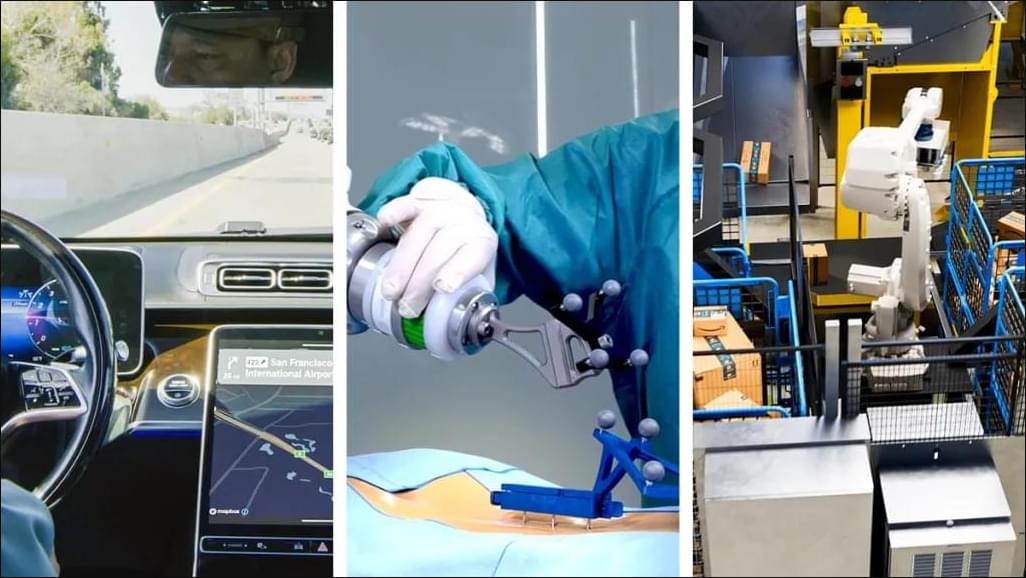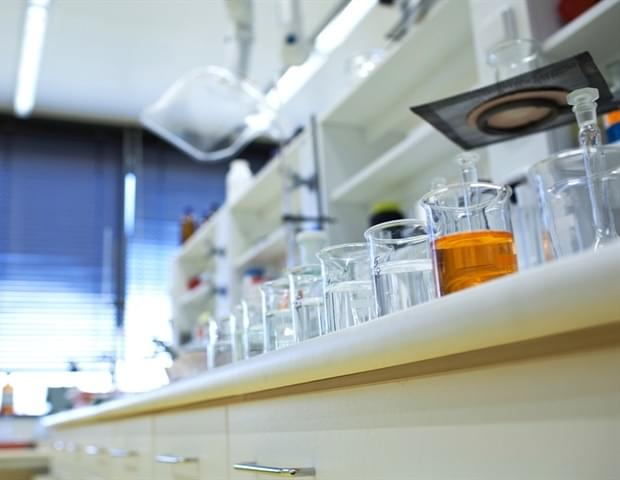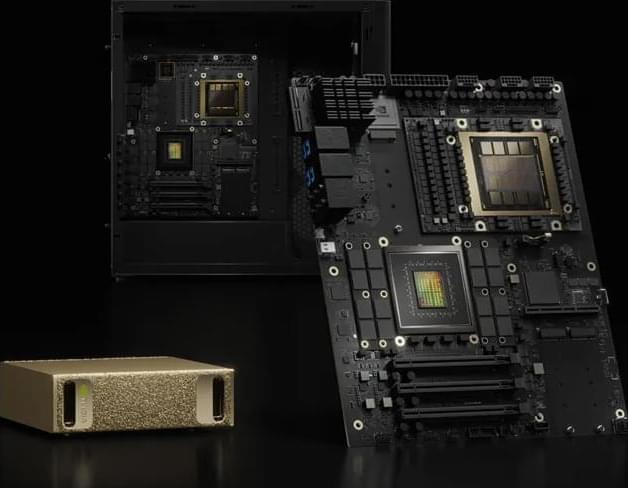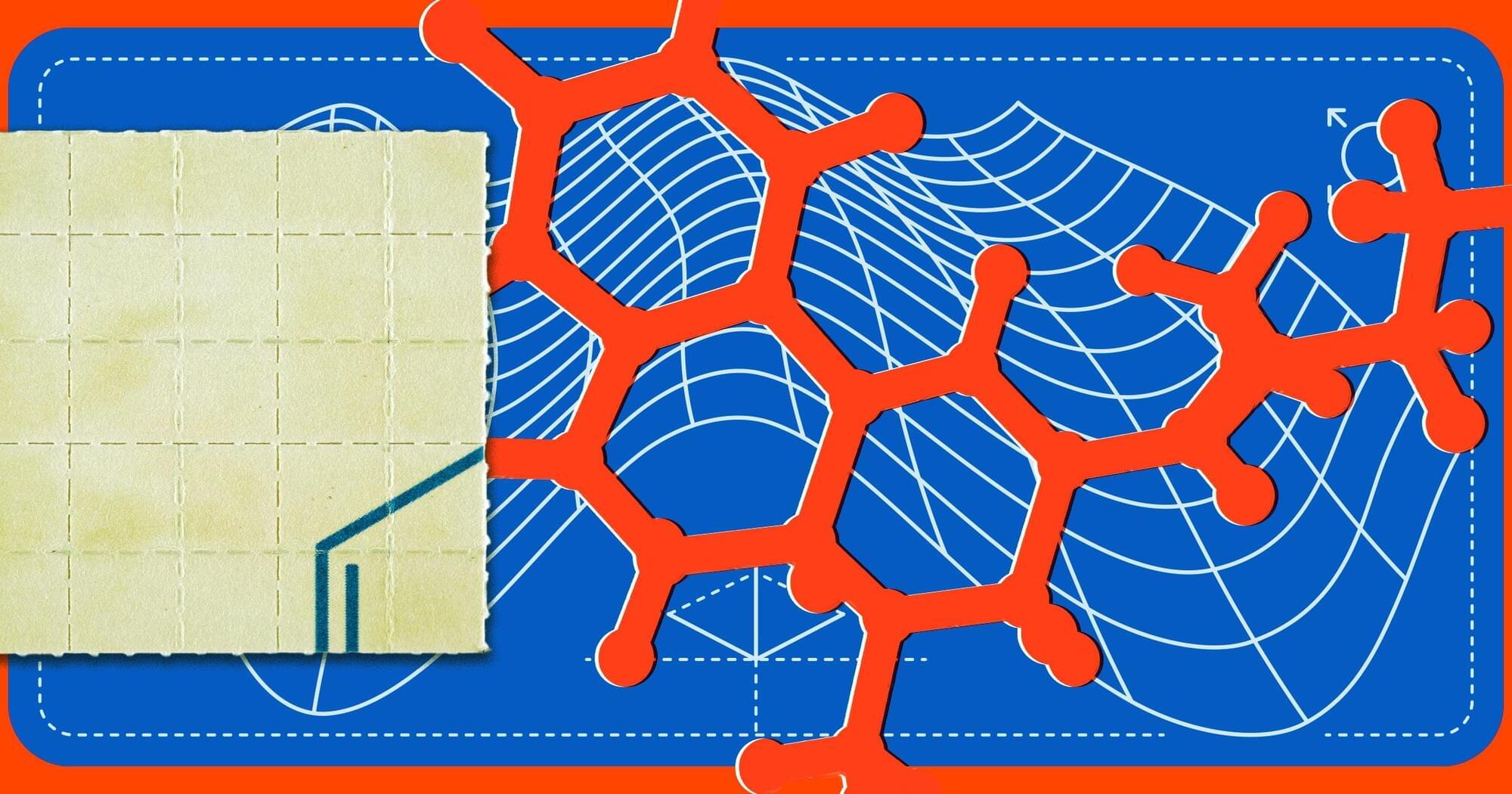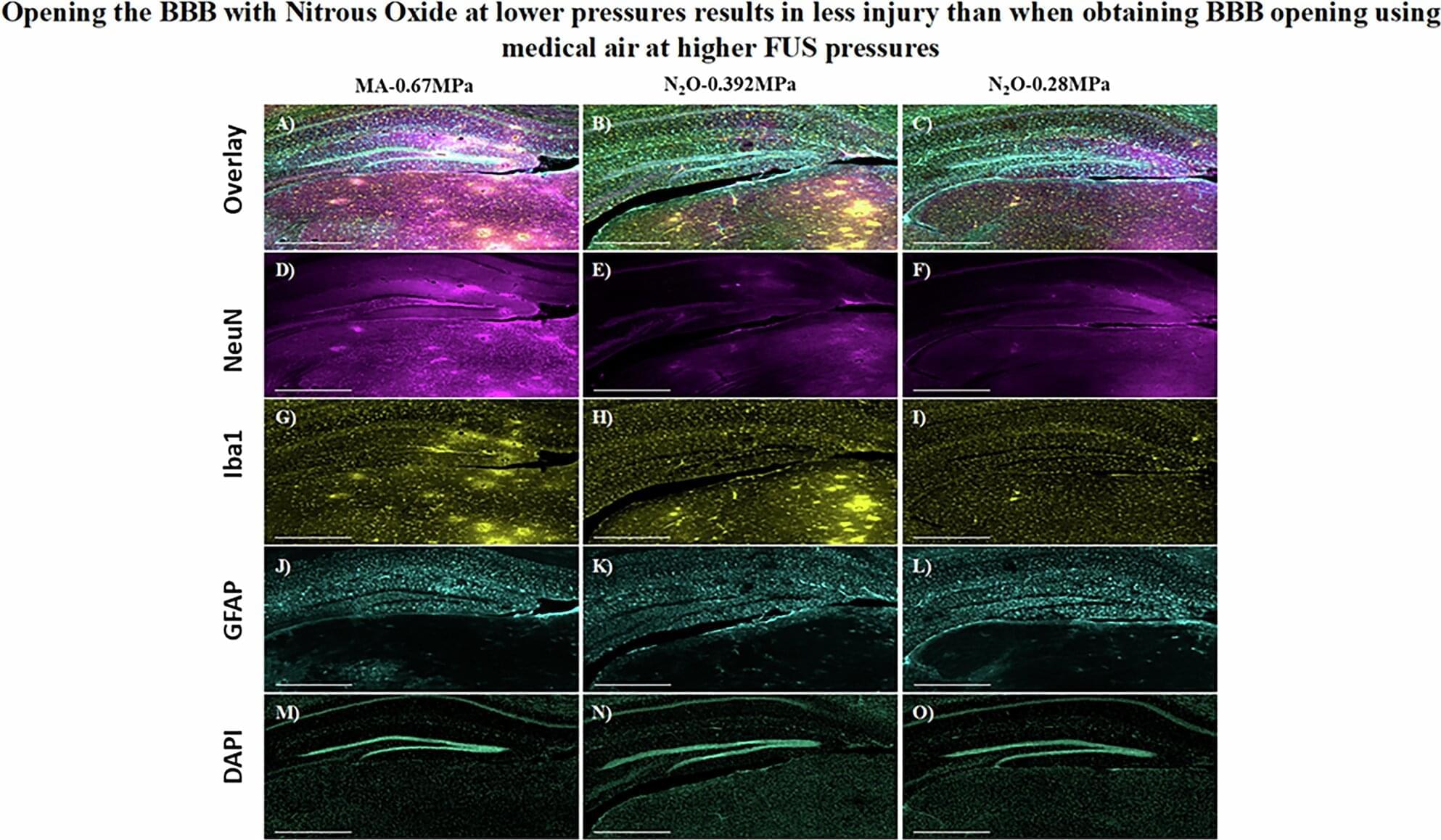The winners of the 2025 Milky Way Photographer of the Year contest have been announced, highlighting epic imagery of the Milky Way from around the world, and even from above it. The contest, hosted by travel photography blog Capture the Atlas, is in its eighth year.
This year, the contest received 6,000 entries from photographers of 16 different nationalities. Images spanned 25 locations around the globe, including Chile, the United States, Greece, Switzerland, Guatemala, New Zealand, Taiwan, Yemen, Chad, India, Namibia, Spain and more. Plus, an image taken from space was included in the collection for the first time. Some photos captured celestial events like a comet, a meteor shower and a lunar eclipse.
Dan Zafra, the editor of Capture the Atlas, curates the annual list based on image quality, the story behind the shot and the overall inspiration it provides. Zafra says the project’s goal is to inspire people to connect with the night sky and “to encourage photographers to explore and photograph the Milky Way from new angles.”

